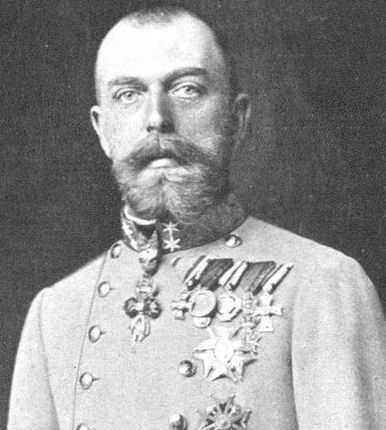
As an artillery officer myself I was responsible for researching and giving a presentation to the group about the nature of indirect fire during the war. Army I participated in a battalion staff ride to the Asiago plateau north of Vicenza to study the battlefield. The World War I front is ubiquitous in northeast Italy, stretching over 400 miles across the Dolomites and Julian Alps from Lake Garda to the Isonzo River in Slovenia. I have hiked up dozens of alpine peaks still crisscrossed with trenches, tunnels, and artillery positions. I have lived in Italy for 10 years, during which time my passion for history and mountains has served me well. The Charnel-house of Pasubio, towering over the Venetian plain After reading Mark Thompson’s The White War: Life and Death on the Italian Front 1915-1919 (Basic Books, 2010), I learned a great deal about this important historical chapter, and strongly recommend this book to all readers of history. How many people even know which side Romania or Bulgaria fought on, or where Galicia is? The Italian Front is also largely unknown in the Anglosphere, except perhaps to note that it is the setting for Hemingway’s A Farewell to Arms. The contributions of nations on other fronts are largely forgotten in this context. In the English-speaking world, this is almost always focused on the Western Front and the battles featuring Britain or the USA (I contributed to this phenomenon with my essay discussing Robert Graves, Goodbye to Christmas Truces).

During this ongoing centenary of the First World War, interest in “The War to End All Wars” has returned, especially in the form of articles and essays.


 0 kommentar(er)
0 kommentar(er)
